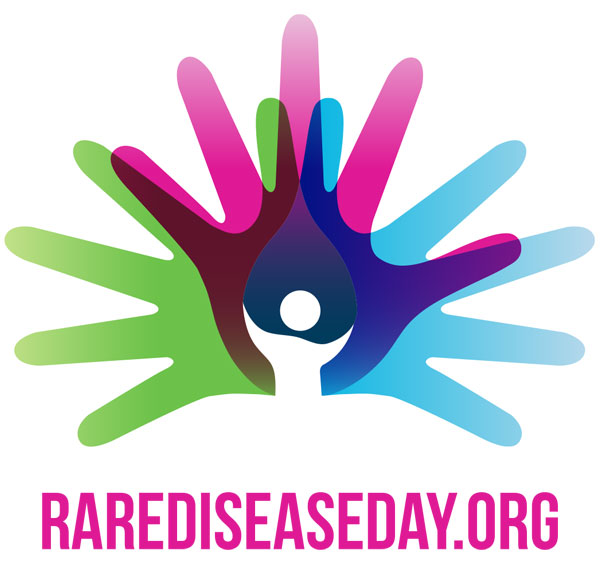Rare diseases (RDs) refer to diseases with a very low incidence, and the corresponding treatment drugs are graphically called “orphan drugs”. Currently, the definition of rare diseases varies from country to country in the world. For example, the Rare Diseases Act passed by the United States in 2002 defines a rare disease as a disease that affects less than 200,000 patients in the United States. Rare diseases are defined by the EU as life-threatening or chronic progressive diseases with a prevalence rate of less than 1/2000, which require the special, combined efforts of different healthcare professionals, including physicians, physiotherapists, nurses, psychologists, dieticians or speech therapists. Japan's legal definition of rare diseases is those that affect less than 50,000 people in Japan, or that affect less than 1 in 2,500 patients.

Although the incidence of rare diseases is low, they are often serious, chronic, hereditary, and life-threatening diseases. Currently, there are nearly 7,000 rare diseases in the world, 95% of which remain incurable. Meanwhile, the group of rare patients is always plagued by misdiagnosis, and it is difficult to get an accurate diagnosis.
For a long period of time, due to the low incidence rate, patients with rare diseases often failed to get extensive attention from society, and the rights and interests of diseases such as research, diagnosis, treatment, and medical insurance could not be properly guaranteed. In order to protect the basic rights and interests of the rare disease group and improve the accessibility of treatment for rare diseases, the special regulations and preferential policies of various countries have been made to vigorously encourage and promote pharmaceutical and biotechnology companies to develop drugs and programs for rare diseases. In recent years, the new drug approval system in the United States has shown that FDA is increasingly focusing on orphan drugs urgently needed by patients with rare diseases.. More than one-third of the new drugs reviewed by the FDA every year are identified as orphan drugs, and a quarter of orphan drugs can be approved for marketing after entering clinical studies. The guidance of the FDA on new drug approval is often an important reference index in pharmaceutical development strategy. At present, major pharmaceutical companies are gradually increasing their attention and capital investment in the field of rare diseases. Nearly 30% of the R&D projects in the R&D pipeline of global pharmaceutical giants such as Sanofi, GSK, Novartis and Pfizer are involved in the field of rare diseases. In China, there are nearly 20 million patients with rare diseases, and the number of new patients is more than 200,000 every year. Meanwhile, rare diseases are mostly related to genetic heritability, which may even affect 1/10 or more of the total population in China. Therefore, rare diseases are not rare in China with a large population base.
National Medical Products Administration (NMPA) is gradually reforming and improving drug management-related systems and policies. The priority review and approval opinions put forward in 2016 opened a green channel for orphan drugs for rare diseases with obvious clinical value. In May 2018, the National Health Commission led the release catalog “The First of Rare Diseases”(including indications that our company focuses on idiopathic pulmonary fibrosis). In February 2019, “Guidelines for the Diagnosis and Treatment of Rare Diseases in China (2019 Edition)” prepared for the catalog were also officially released. This means that the prevention, diagnosis and treatment of rare diseases in China have embarked on a track of regularization, normalization and standardization. In August this year, the newly revised Drug Administration Law has explicitly encouraged the research and development of new drugs with new therapeutic mechanisms to treat serious life-threatening diseases or rare diseases, so as to promote the progress of drug technology. The continuous introduction of a series of improved policies has demonstrated China's efforts to establish a specific medical environment for rare disease groups, bringing new dawn to the research and development of rare diseases in China, and putting forward new requirements for Chinese new drug research and development enterprises and individuals with rich social responsibilities.
At the same time, the State Council also proposed to reduce the value-added tax to ensure the use of drugs for more than 20 million patients with rare diseases. In August this year, the newly revised “Drug Administration Law" has explicitly encouraged the research and development of new drugs with new therapeutic mechanisms to treat serious life-threatening diseases or rare diseases, so as to promote the progress of drug technology. The continuous introduction of a series of improved policies has demonstrated China's efforts to establish a specific medical environment for rare disease groups, bringing a new dawn to the research and development of rare diseases in China, and putting forward new requirements for Chinese new drug research and development enterprises and individuals with rich social responsibilities.





